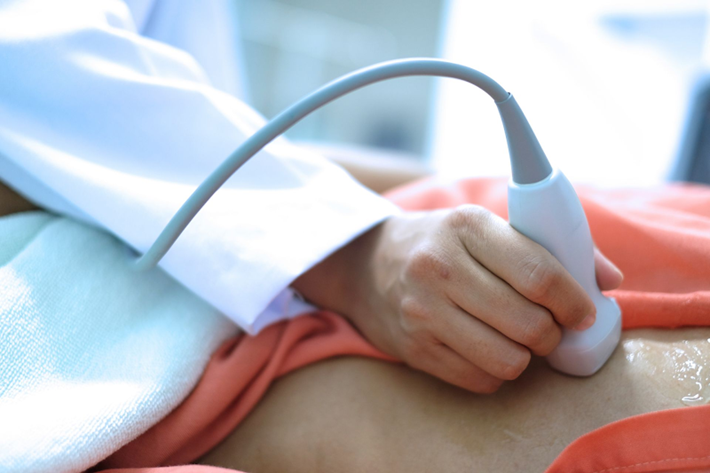Echocardiography: Role, Type and Attention
Echocardiography is a necessary test when checking general health, screening for cardiovascular diseases or screening for cardiovascular complications of other diseases such as diabetes, chronic kidney disease,... So this test has What role? Let's explore what you need to know about echocardiography in the article below.

1/25/2021 3:14:55 PM
Updating...